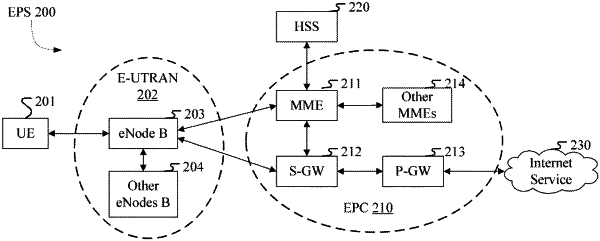| CPC H04W 72/044 (2013.01) [H04L 5/0053 (2013.01); H04W 72/542 (2023.01)] | 20 Claims |

|
1. A method in a User Equipment (UE) for multi-antenna communication, comprising:
receiving a first radio signal; and
transmitting a second radio signal, wherein the second radio signal is used for triggering a monitoring on a second signaling set in a second time-frequency resource set, the second signaling set comprises M2 format(s) of physical layer signaling(s), M2 is a positive integer; the second radio signal is used for determining that a maximum number of blind detections performed in the first signaling set in the first time-frequency resource set is shifted from the X1 to the X2; the second time-frequency resource set is a search space; or,
receiving a third radio signal, wherein the third radio signal is used for triggering a monitoring on a third signaling set, the third signaling set comprises M3 format(s) of physical layer signaling(s), M3 is a positive integer; the third radio signal is used for determining that a maximum number of blind detections in the first signaling set in the first time-frequency resource set is shifted from the X1 to the X2;
and
monitoring a first signaling set in a first time-frequency resource set;
wherein the first signaling set comprises M1 format(s) of physical layer signaling(s), the first radio signal is used for determining that the physical layer signaling(s) in the first signaling set may occupy any first-type RE set of X1 first-type RE sets, the X1 first-type RE sets all belong to the first time-frequency resource set, in the first time-frequency resource set at most X2 blind detections are performed in the first signaling set, the X2 blind detections are respectively for X2 second-type RE sets, the X2 RE sets are respectively X2 first-type RE sets of the X1 first-type RE sets, M1 is a positive integer, X1 and X2 are positive integers respectively, and the X1 is greater than the X2, the first-type RE set and the second-type RE set respectively comprise a positive integer number of RE(s); the format of the physical layer signaling corresponds to a DCI format; the first radio signal is used for determining at least one of time domain resources or frequency domain resources occupied by the first time-frequency resource set, or, the first radio signal is used for determining time domain positions and frequency domain positions of REs occupied by the X1 first-type RE sets in the first time-frequency resource set.
|